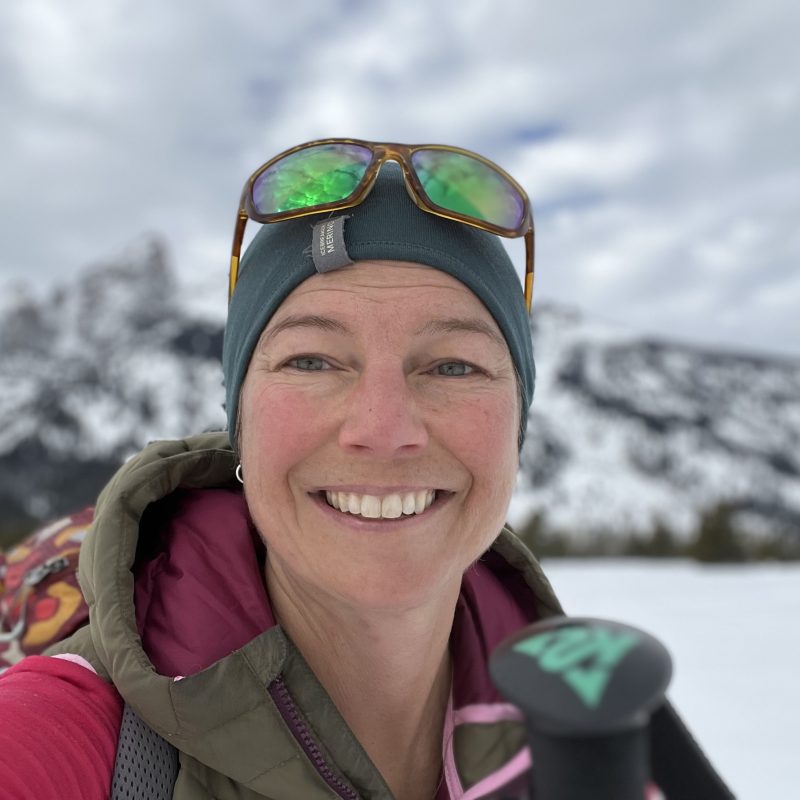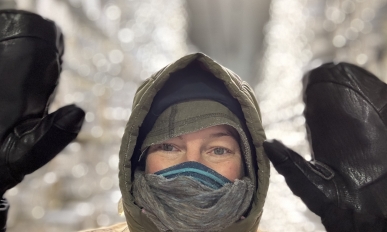Testing Next Generation Measurement Techniques for Reconstruction of Paleoclimate Archives from Thin or Disturbed Ice Cores Sections
Ice cores provide valuable records of past climate such as atmospheric concentrations of greenhouse gasses and unmatched evidence of past abrupt climate change. Key to understanding past climate changes are the measurements of annual layers that are used to determine the age of the ice, and the timing and pace of major climate events. The current measurement limit for annual layers in ice cores is at the centimeter scale. This project aims to improve the depth resolution of measurements of the chemical impurities in ice using measurements such as electrical conductivity, hyperspectral imaging, major elements measured with laser ablation, and ice grain properties. This will advance understanding of the preservation and layering in ice cores and improve the accuracy and length of annual timescales for existing ice cores.




